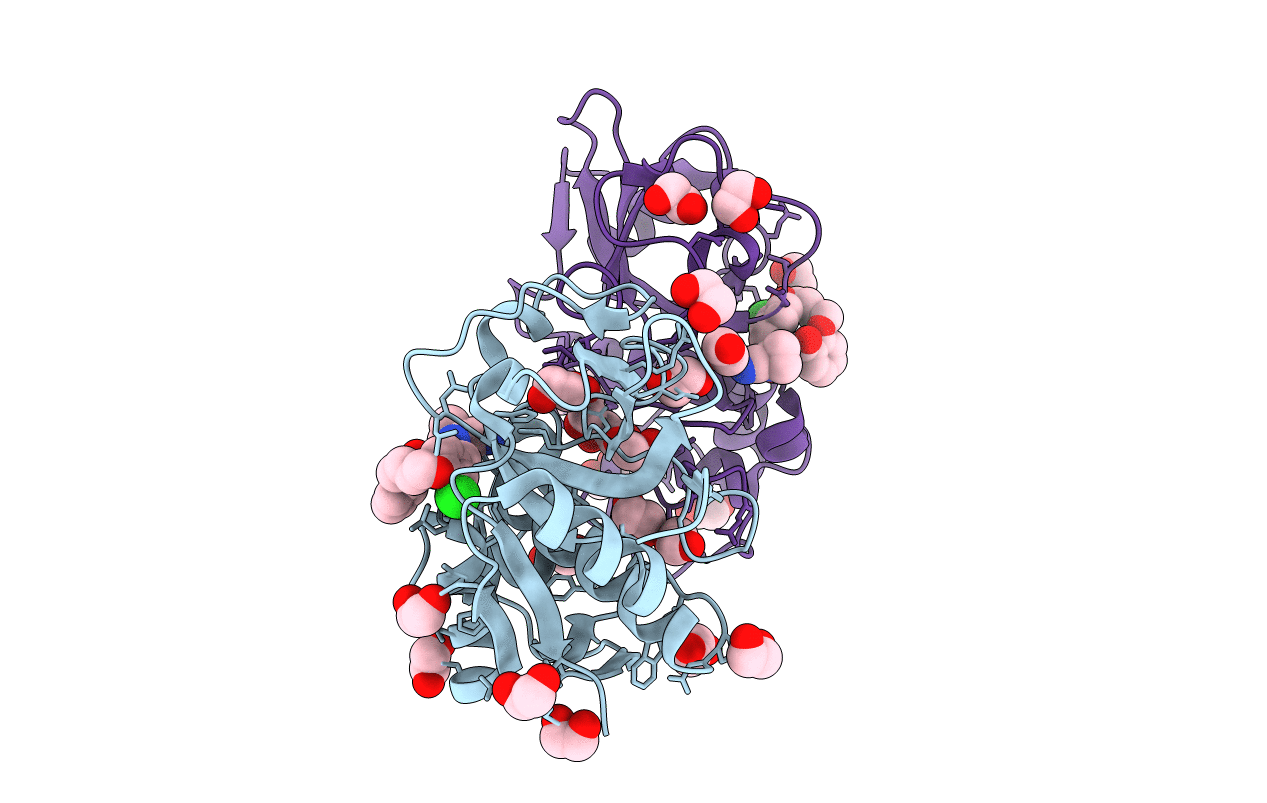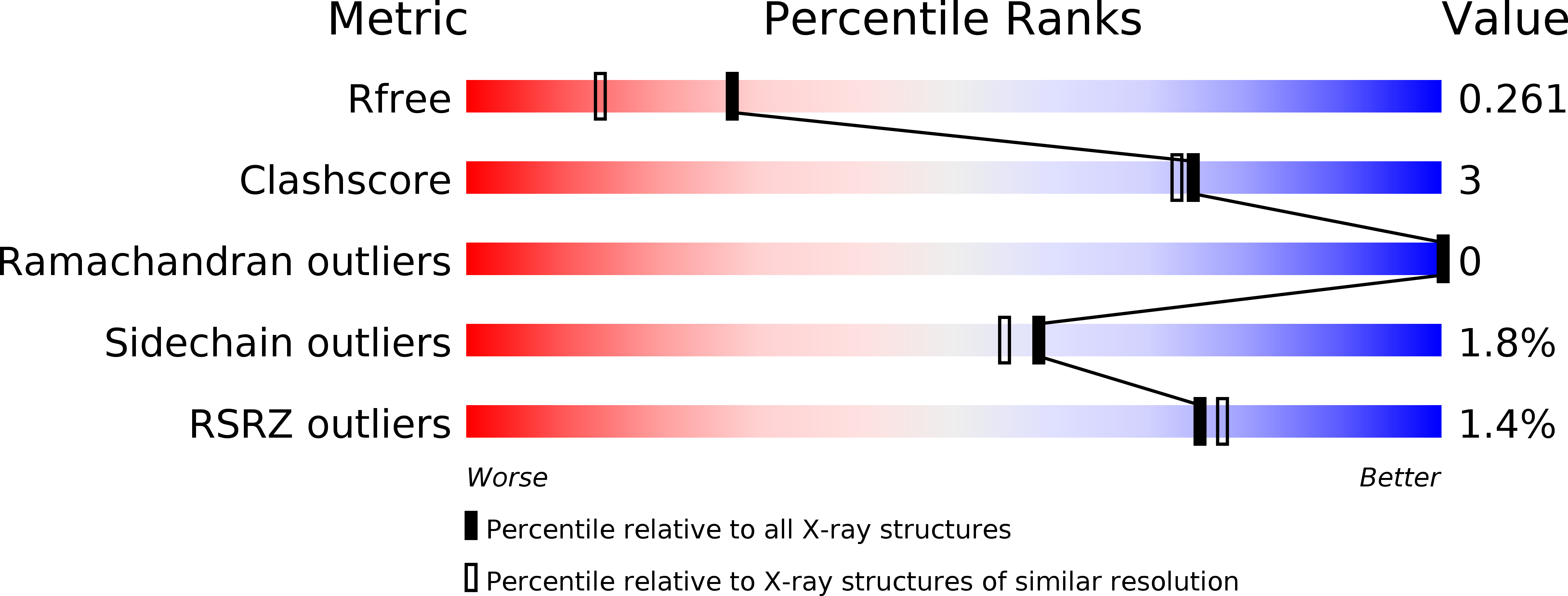
Deposition Date
2017-11-08
Release Date
2018-04-11
Last Version Date
2024-01-17
Entry Detail
PDB ID:
6EXO
Keywords:
Title:
Crystal Structure of Rhodesain in complex with a Macrolactam Inhibitor
Biological Source:
Source Organism:
Trypanosoma brucei rhodesiense (Taxon ID: 31286)
Host Organism:
Method Details:
Experimental Method:
Resolution:
1.90 Å
R-Value Free:
0.25
R-Value Work:
0.19
R-Value Observed:
0.19
Space Group:
P 1


